Name Roy DeCarava Role Photographer | ||
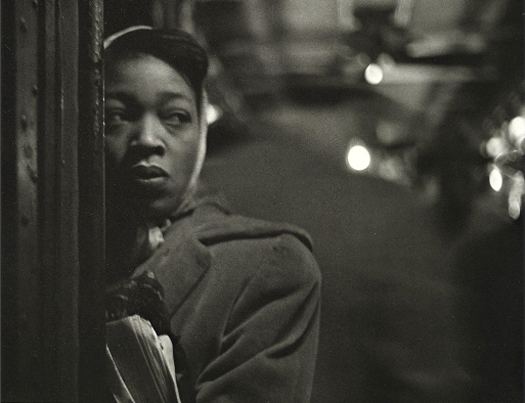 | ||
Died October 27, 2009, Manhattan, New York City, New York, United States Books The sweet flypaper of life, The sound I saw, Roy DeCarava - a retrosp, Roy DeCarava - photographs | ||
Roy decarava
Roy DeCarava (December 9, 1919 – October 27, 2009) was an American artist and photographer. DeCarava received early critical acclaim for his photography, initially engaging and imaging the lives of African Americans and jazz musicians in the communities where he lived and worked. Over a career that spanned nearly six decades, DeCarava came to be known as a founder in the field of black and white fine art photography, advocating for an approach to the medium based on the core value of an individual, subjective creative sensibility, which was separate and distinct from the "social documentary" style of his predecessors.
Contents
- Roy decarava
- Roy decarava harlem renaissance final
- Career in fine art photography
- Art historical context and commentary
- Selected collection
- Works consulted
- References
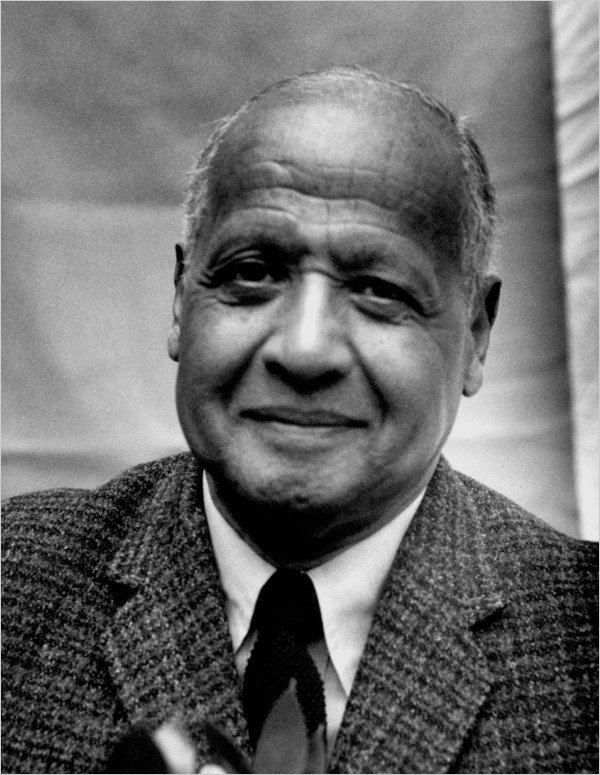
Roy decarava harlem renaissance final
Career in fine art photography
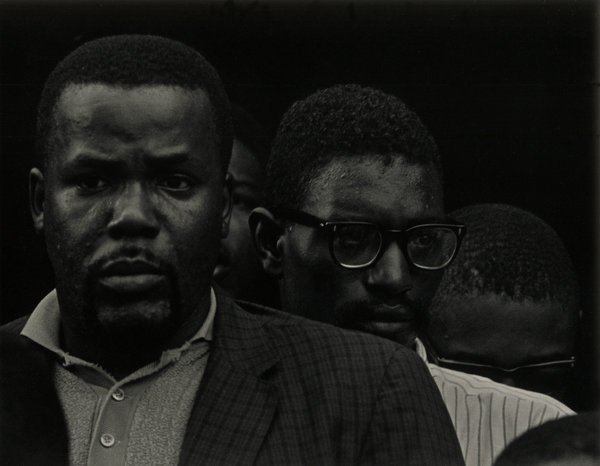
DeCarava produced five books, including The Sound I Saw and The Sweet Flypaper of Life, as well as landmark museum catalogs and retrospective surveys from the Friends of Photography and the Museum of Modern Art in New York. The subject of at least 15 solo exhibitions, DeCarava was the first African-American photographer to win a Guggenheim Fellowship; and as a result of the fellowship he was able to photograph his community of Harlem, New York City for a year; chronicling the lives of everyday Harlemites and the rhythmic nuances of life. In 2006, he was awarded the National Medal of Arts from the National Endowment for the Arts, the highest award given to artists by the United States Government.
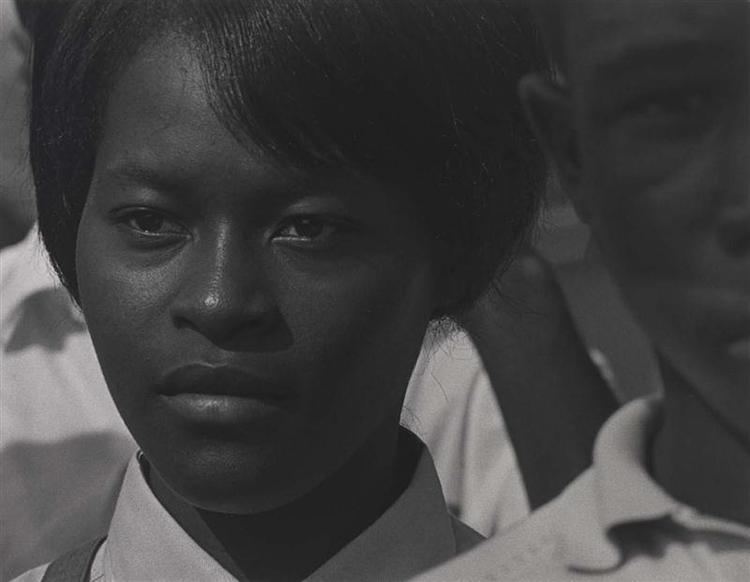
DeCarava encouraged other photographers and believed in the accessibility of the medium. From 1955 to 1957, at his own expense, he established and supported A Photographer's Gallery in his apartment in a brownstone block at 48 West 85th Street, New York, in which was shown work by the great names of American photography of the period.
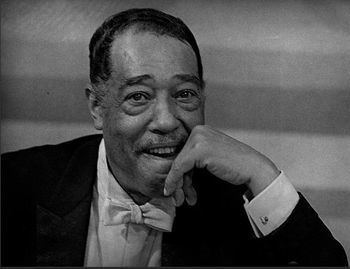
DeCarava died on October 27, 2009.
Art historical context and commentary
Coming of age in the 1940s, DeCarava appears nothing short of iconoclastic in both his approach to photography, a medium strenuously identified with evidentiary truth, and in his esthetic ambitions to, as he said, “break through a kind of literalness,” and “express some things I felt.” Maintaining his quest to create a visually autonomous photographic subject of color, DeCarava endured decades of embittering misunderstanding. He has pointed out over and over that despite his “reputation as a documentar[y] photographer, … I really never was,” and reiterated his steadfastly modernist concern to achieve “a creative expression,” rather than a “documentary or sociological statement.”
